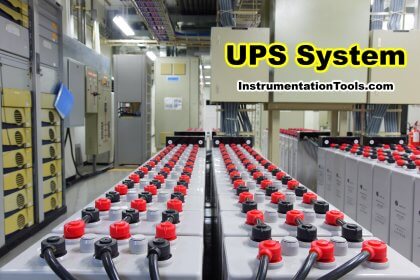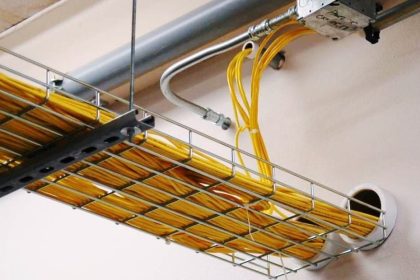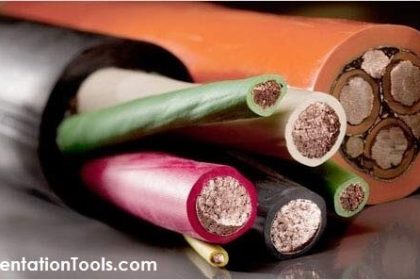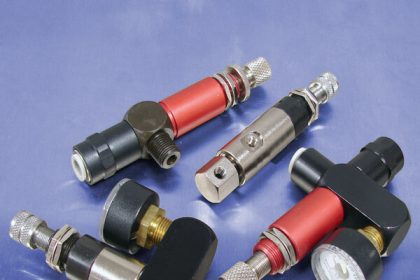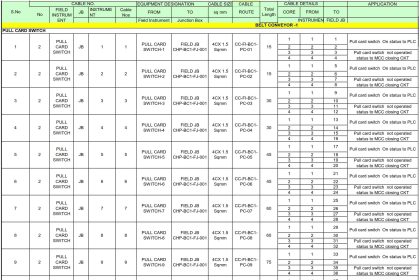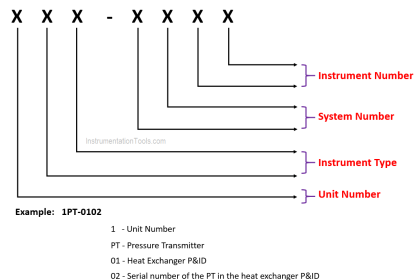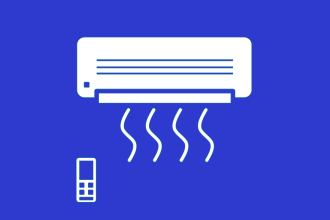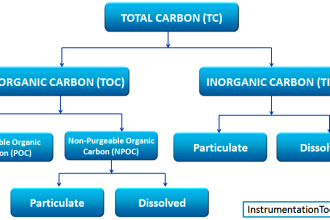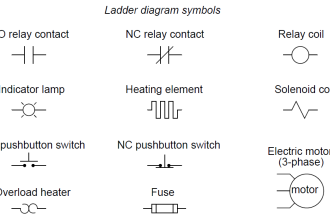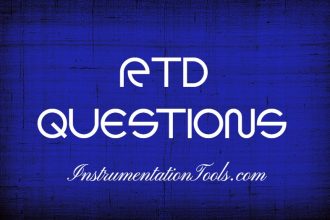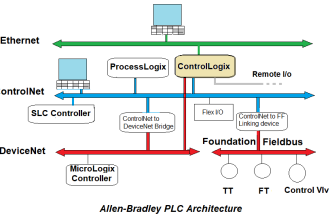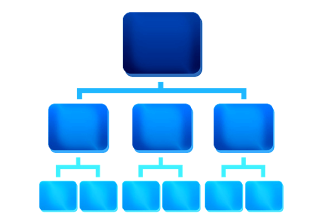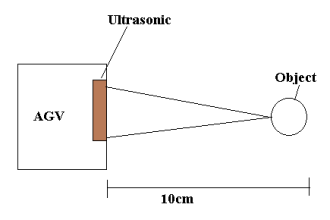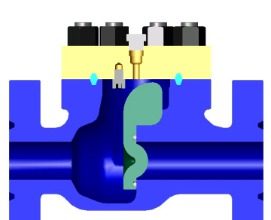Learn about the electrical and instrumentation procurement service cycle in industrial projects vendor selection and bid analysis.
Vendor Selection
One of the important phases of doing Industrial Projects is Procurement Service. For each Industrial Project, after making Engineering Studies specifying the required Hardware and Software, and completing detailed data of all required equipment and devices, relevant documents including data sheets, specifications, and Material Requisitions (MR) will be issued, which are the basis of the Procurement Cycle. The main middle target of the Procurement Cycle is Vendor Selection and to reach this target, the received Proposals/ Offers shall be balanced and accordingly, the results of Bid Analysis/ Evaluation shall be reflected in TBA/TBE to enable the technical basis of Vendor Selection.
Figure 1 shows a simplified block diagram of Vendor Selection (for Industrial Projects) and transfer routes of documents, data, and information to reach the final result as Selected Tender/ Wined Vendor
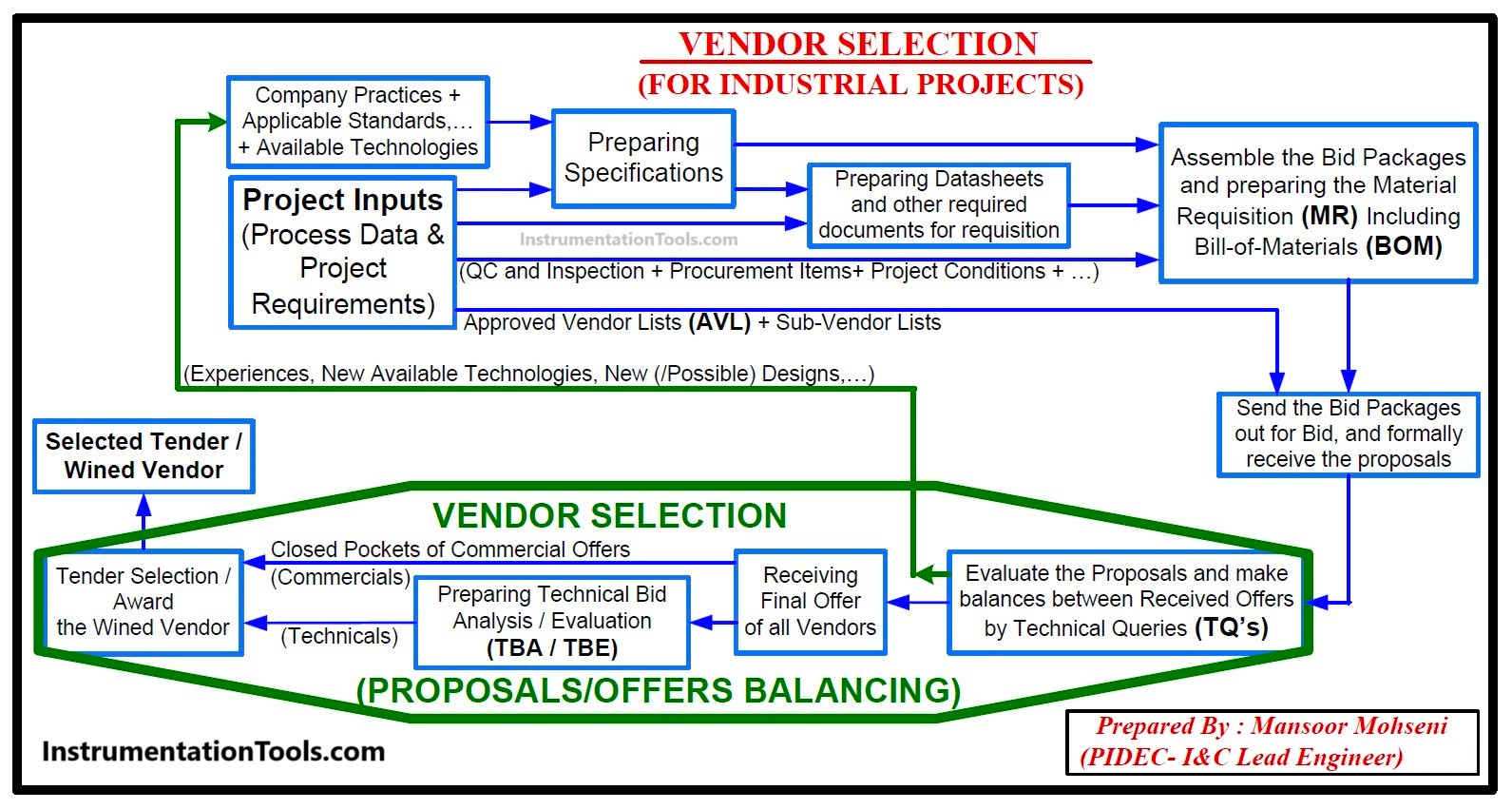
Figure-1: Vendor Selection in Procurement Service Cycle (For Industrial Projects)
Based on Figure 1, we can find the simple cycle of Vendor Selection below steps:
- Preparation of Material Requisition including Datasheets, Specifications, and all other documents which are created based on Project Inputs (requirements) and applying further company practices and applicable standards. In Fact, we can say the MR is a reflection of project requirements for the subject Equipment/ Device/ Service and so on.
- Prepared MR will be sent to different vendors/ suppliers (which are selected from project approved Vendor Lists) in order to get their proposals.
- Vendors/Suppliers will study the MR and prepare their offers for satisfying that Project Requirements and send their proposals in reply. Of course, if they cannot satisfy the main project requirements (or due to some external conditions) they inform as decline, and otherwise they try to prepare their proposals. In order to prepare the best offer, they shall investigate the exact project requirements by studying the contents of MR. However based on MR conditions (usually), they shall prepare a deviation list too, that shows all such items (Project Requirements) that are not satisfied by them or may be delivered in other ways.
- At the Vendor Balancing step, received offers will be studied and by making Technical Queries, the deviations of each vendor/supplier are tried to be at minimum possible items. This action will be done by comparing the Project Requirements with the Received Proposal/Offer and via using the possibility of acceptance/probable change or deviating from requested conditions (or even the possibility of changing the considered engineering design in the case of vendor/supplier win).
- By receiving all final offers from vendors/suppliers, and based on their compliances and deviations, the received offers will be ranked (tabulated) from the technical point of view. The result of the ranking will be reflected on TBA/TBE forms/ documents.
- At the final step of Vendor Selection, the responsible persons of the project (maybe at the manager’s level) the commercial offers of vendors will be opened and by using the results reflected in TBA/TBE, they investigate all conditions and decide which proposal can be awarded the tender. Of course, at this step, the commercial points in conjunction with optimum technical compliances will have vital roles. The result of this step will be selected Tender/ Wined Vendor.
Proposals/ Offers Balancing
As we found, the Proposals/ Offers Balancing is an important part of Vendor Selection and the sizes of compliances and deviations of each proposal are very important.
Usually, it is supposed that vendors/suppliers have studied the MR contents (Project Requirements) completely (and exactly) and they proposed their offers and relevant deviation lists accordingly. For Material Requisitions of subjects with limited variables/parameters (or low complexity), this procedure usually can proceed with the minimum problem on future probable litigations.
For Material Requisitions of subjects with some remarkable variables/parameters (or medium complexity), vendors/suppliers shall be asked to clearly mention some items or values that are considered for project requirements, and which may be not mentioned in their offer and deviation lists.
On the other hand, such items or values may not be considered as deviation by vendor, or they think that they are not so important items, but they are really very important and they can be considered as deviation or can be considered as some basis of vendor ranking. In fact, some vendors or suppliers may not mention such items intentionally or by carelessness. However, some of these items or values may cause some future probable litigations or commercial claims too.
For Material Requisitions of subjects with a high quantity of variables/parameters (or high complexity), vendors/suppliers shall be asked to clearly mention many items or values that are considered for project requirements, and which may be not mentioned in their offer and deviation lists. Here again, On the other hand, such items or values may not be considered as deviation by the vendor, or they think that they are not so important items, but they are really very important and they can be considered as deviation or can be considered as some basis of vendor ranking. In fact, some vendors or suppliers may not mention such items intentionally or by carelessness. However, some of these items or values may cause some future probable litigations or commercial claims too.
One another point during Proposals/Offers Balancing is that vendors/ suppliers clearly mention the items of their offers that have deviations from Project Requirements apparently, but they don’t say anything about complete compliance of other parts or even better facilities offered by them. In fact, the size of compliance of received offers based on Project Requirements or any enhancements shall be decided by the procurement engineer and based on his/her understanding of received offers.
It is very clear that the understanding of the procurement engineer on the received offer may not be 100% true and some of them may be wrong or less than the exact values of the offer. Such a point also can cause problems or commercial claims litigations in the future of the project. So the best way is for the vendor/ supplier to confirm their compliances or any enhancements by themselves (especially for high complexity MRs). But how can we reach this target?
Compliance Table Forms
As shown in Figure-1 the project requirements are mainly reflected in prepared specifications and datasheets. If we can guarantee that the vendor/supplier read the specification completely and get their confirmations or any other reply for each point of specification, we can reach to mentioned target with a great chance.
For implementing such a routine, the specification shall be provided by title number for each clause or paragraph and shall be prepared in a logical way (by relevant items under one section). Then accordingly one table can be prepared in such a way that the rows shall be matched with title numbers and the columns show the vendor/supplier idea for that title number. This table can be named as Compliance Table and one sample sheet of such table prepared for checking of compliance on Process Control System (PCS) Specification can be found in Figure 2.
Of course, Material Requisition for Process Control System can be considered as high complexity MR, and by reviewing Figure 2, it is completely clear that we can guarantee that the vendor read the specification and reflected their concerns for each specification point accordingly. As it is clear, their concerns may be one of different possible options. However, they can add more detail concerns in the clarification column.
If we focus more on the sample provided PCS Compliance Table, we can see that by such a table vendors can help us with ambiguities of items mentioned in relevant specifications, and by using their understanding we can modify our specification (in future issues) by more clear contents.
Also, they may ask us for some hidden items which were not seen by us and by which we can complete our specification or we may increase our accuracy on explained texts.
Through such detailed reviews and conversations with different vendors/ suppliers, we may increase our knowledge on niceties of each subject of MR, further to available new technologies or possible different designs. It can be considered as company practices/ experiences that will be reflected in future issues of specifications (as shown in Figure-1).
By receiving each compliance table from vendors/suppliers we can communicate with the next one with more knowledge and clearance, and so we can easily and quicker make Proposals/Offers Balancing by such facility. Also, such Compliance Tables for different vendors/ suppliers will enable us to easily provide ranking in TBA/TBE (while based on true and confirmed common understandings).
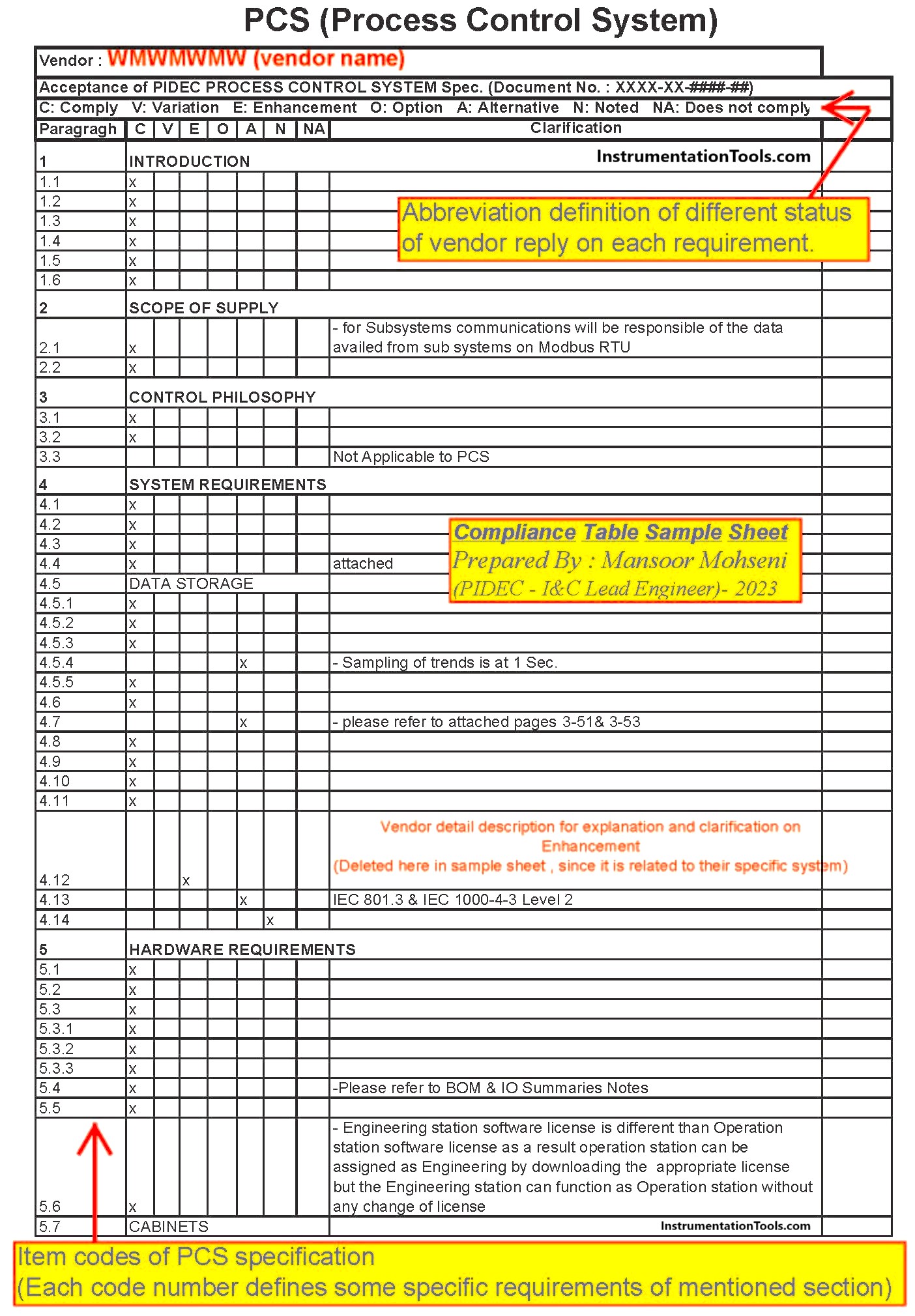
Figure-2: Sample of Compliance Table provided for PCS Material Requisition
By considering the Compliance Table as one of the project documents, it can be considered a good reference for future problem-solving or accepting or rejecting commercial claims (although by using the Compliance Table facility the problems and claims will reduce up to zero). So it is suggested to consider the Compliance table as one essential attachment of MR (especially for complicated packages like Process Control and Safety Systems).
One Example of a New Design by Using Compliance Table
As an example of the usefulness of the Compliance Table, let us mention one case story. In one Industrial Project and in its ESD specification, it was mentioned that near each Trip Selector Switch of the Hardwired Console one LED shall be considered for illumination in abnormal cases without using any digital output (as shown in Figure-3).
One of the vendors in the Compliance Table proposed using an Illuminated selector switch as an enhanced design. Then such good ideas were asked from other vendors too, and considered in later designs.
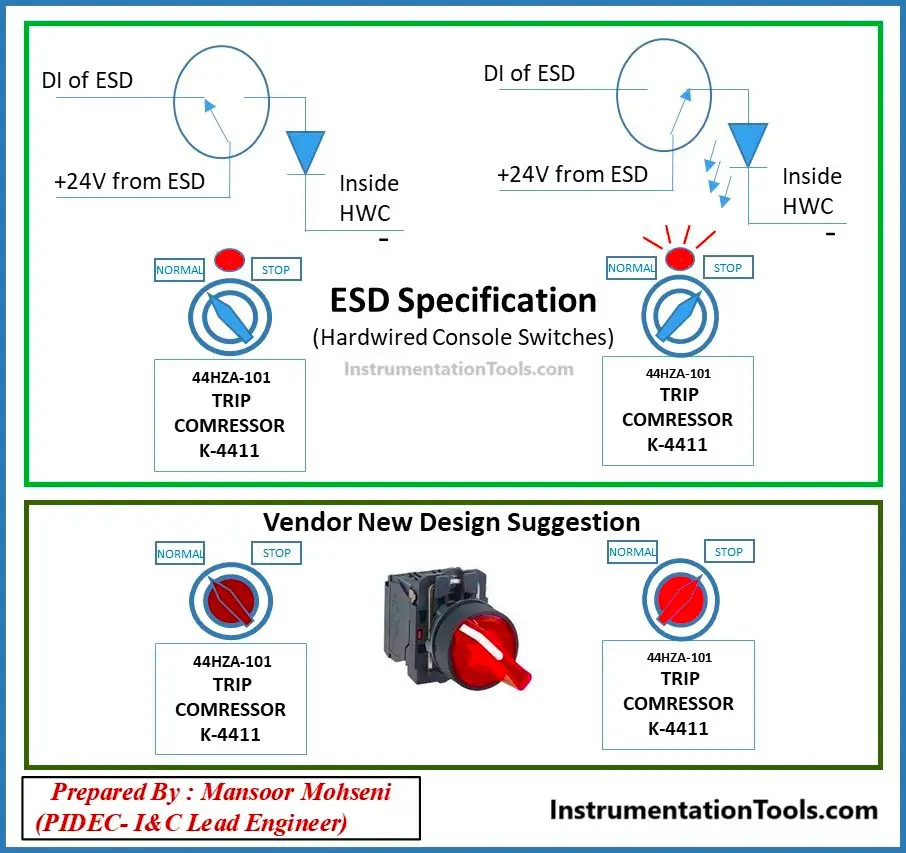
Figure-3: Example of Using Compliance Table (Using Vendor New Design)
References:
- Process Control Systems Philosophy Concept
- Instrumentation and Electrical Design Engineering
- Motor Control Center Signal Interface Termination
- Interactions With Process Control Systems Philosophy
- Package Control and Safety Systems Implementation
